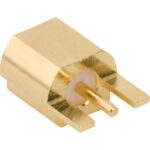
ALL ABOUT FLEX PCB
-
What is Popcorn Effect in PCBA Process
Posted by
–
 Read more: What is Popcorn Effect in PCBA Process
Read more: What is Popcorn Effect in PCBA ProcessIntroduction to Popcorn Effect The popcorn effect, also known as the popcorning effect or moisture-induced delamination, is a serious defect that can occur during the printed circuit board assembly (PCBA) process. It is characterized by the formation of small blisters or “popped” areas on the surface of the PCB laminate […]
-
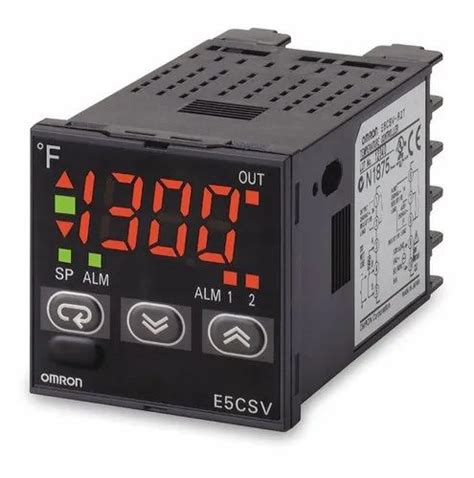 Read more: PID Temperature Controller, Do You Know How To Create it?
Read more: PID Temperature Controller, Do You Know How To Create it?Introduction to PID Temperature Controllers A PID temperature controller is a critical component in many industrial processes where precise temperature control is essential. PID stands for Proportional-Integral-Derivative, which are the three terms used in the control algorithm. Temperature controllers using PID allow you to accurately regulate heating or cooling to […]
-
What Raspberry Pi Components Do You Need?
Posted by
–
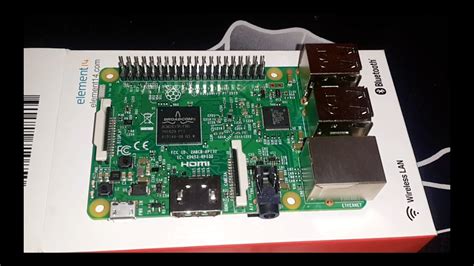 Read more: What Raspberry Pi Components Do You Need?
Read more: What Raspberry Pi Components Do You Need?Essential Raspberry Pi Components 1. Raspberry Pi Board The heart of your setup is the Raspberry Pi board itself. There are several models available, each with different specifications and capabilities. Here’s a table comparing the most popular Raspberry Pi models: Model Processor RAM USB Ports Ethernet Wireless GPIO Pins Raspberry […]
-
What Is Turnkey PCB Assembly
Posted by
–
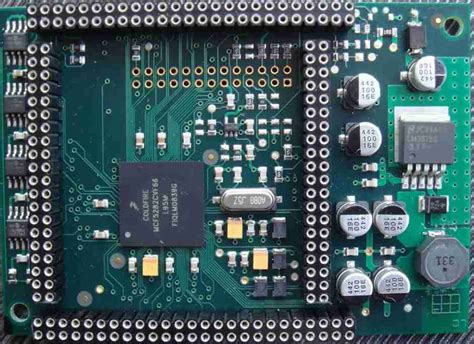 Read more: What Is Turnkey PCB Assembly
Read more: What Is Turnkey PCB AssemblyUnderstanding Printed Circuit Boards (PCBs) Before diving into the details of Turnkey PCB assembly, it’s essential to understand what PCBs are and their role in modern electronics. PCBs are the backbone of most electronic devices, providing a platform for electrical components to be mounted and interconnected. They consist of a […]
-
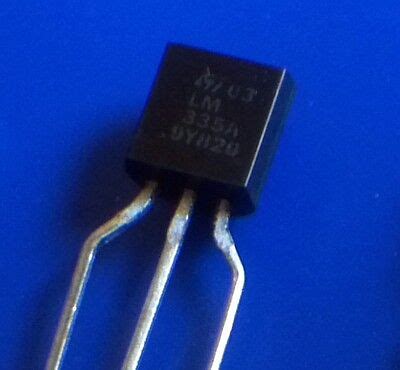 Read more: LM335 Temperature Sensor: Configuration, Specifications, and Applications
Read more: LM335 Temperature Sensor: Configuration, Specifications, and ApplicationsIntroduction Temperature measurement is a crucial aspect in various fields, including industrial processes, environmental monitoring, and electronic systems. Among the numerous temperature sensors available, the LM335 stands out as a reliable and versatile choice. This article delves into the LM335 Temperature Sensor, exploring its configuration, specifications, and diverse applications. Request […]
-
LM358 op-amp: A Complete User Guide and More!
Posted by
–
 Read more: LM358 op-amp: A Complete User Guide and More!
Read more: LM358 op-amp: A Complete User Guide and More!Table of Contents Introduction to Op-Amps LM358 Key Features and Specifications Pinout and Package Options Circuit Configuration and Applications Voltage Follower Inverting Amplifier Non-Inverting Amplifier Summing Amplifier Differential Amplifier Comparator Oscillators and Waveform Generators Active Filters Practical Considerations Input and Output Voltage Range Input Bias Current Offset Voltage Slew Rate […]
-
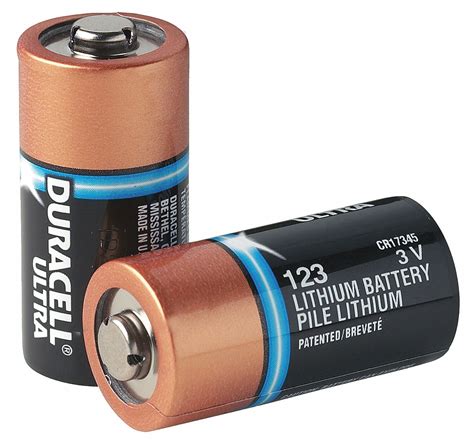 Read more: Different Types of Batteries: A Comprehensive Guide
Read more: Different Types of Batteries: A Comprehensive GuideTable of Contents Introduction to Batteries Primary Batteries Alkaline Batteries Lithium Primary Batteries Zinc-Carbon Batteries Secondary Batteries Lead-Acid Batteries Lithium-Ion Batteries Nickel-Cadmium Batteries Nickel-Metal Hydride Batteries Other Battery Types Flow Batteries Sodium-Sulfur Batteries Solid-State Batteries Battery Comparison Frequently Asked Questions Conclusion Request Flex PCB Manufacturing & Assembly Quote Now Introduction […]
-
PCB & Assembly Services – PCB Proto
Posted by
–
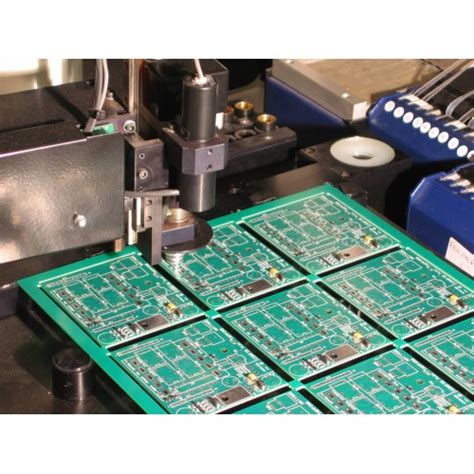 Read more: PCB & Assembly Services – PCB Proto
Read more: PCB & Assembly Services – PCB ProtoWhat is PCB Assembly? PCB assembly is the process of soldering or mounting electronic components onto a printed circuit board (PCB). It is a crucial step in the manufacturing of electronic devices, as it involves attaching various components such as resistors, capacitors, integrated circuits, and connectors to the PCB. The […]
-
 Read more: What is Arc Flash: Definition, Causes, and Preventive Measures
Read more: What is Arc Flash: Definition, Causes, and Preventive MeasuresWhat is Arc Flash? Arc flash is an explosive electrical event that occurs when a high-voltage current jumps across an air gap between conductors or from a conductor to the ground. It is characterized by a sudden release of intense heat, light, and pressure, which can cause severe burns, hearing […]
-
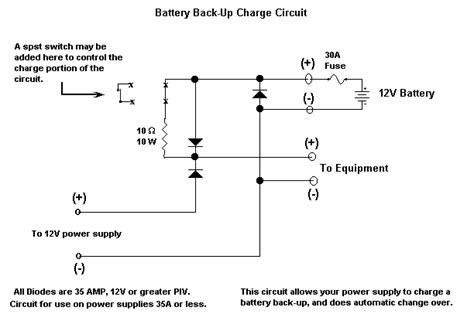 Read more: Battery Backup Circuit: A Comprehensive Guide in Making One
Read more: Battery Backup Circuit: A Comprehensive Guide in Making OneIntroduction Having a reliable power source is essential for many electronic devices and systems. However, power outages and interruptions can occur unexpectedly, causing loss of data, damage to equipment, and inconvenience. To mitigate these risks, a Battery Backup Circuit can be implemented to provide uninterrupted power supply (UPS) during power […]

